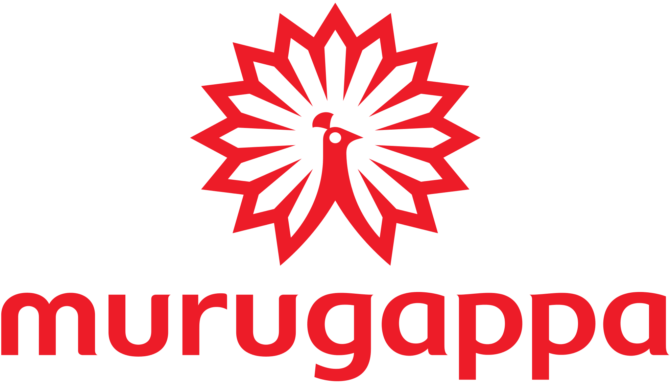
Revolutionizing Agriculture: The Role of Field Force Management Application
In the rapidly evolving landscape of agriculture, technology is playing a pivotal role in enhancing efficiency, productivity, and sustainability. One such technological advancement making waves in the industry is the Field Force Management Application. Designed specifically for agriculture, this application brings a transformative approach to managing field operations, streamlining processes, and empowering farmers. Let’s delve into the features and benefits that make this technology a game-changer for the agriculture sector.
Key Features of Field Force Management Application in Agriculture:
Real-time Task Allocation:
Field force monitoring applications enable real-time task allocation based on factors such as crop type, growth stage, and resource availability. This ensures that each task, from planting to harvesting, is efficiently managed and completed.
Geo-tagging and Mapping:
Geo-tagging allows farmers to track the location and progress of field activities. Mapping features provide a visual representation of the entire farm, helping farmers optimize resource allocation and plan tasks effectively.
Crop Monitoring and Disease Detection:
Advanced applications come equipped with sensors and image recognition technology to monitor crop health. Early detection of diseases or pest infestations allows for prompt intervention, minimizing crop damage.
Weather Integration:
Field force management applications often integrate weather forecasts. This helps farmers make informed decisions regarding irrigation schedules, pesticide application, and other weather-dependent activities.
Resource Optimization:
By analyzing data on resource usage, these applications assist in optimizing the deployment of water, fertilizers, and pesticides. This not only reduces waste but also contributes to sustainable farming practices.
Mobile Accessibility:
The mobile-friendly nature of these applications ensures that farmers and field workers can access crucial information on-the-go. This is particularly valuable in remote or expansive farming areas.
Task Reporting and Analytics:
Field force management software provide detailed reporting and analytics features. Farmers can assess the performance of various tasks, identify bottlenecks, and make data-driven decisions to improve overall efficiency.
Benefits for the Agriculture Industry:
Increased Productivity:
By optimizing field operations and resource usage, these applications contribute to increased productivity, allowing farmers to get more out of their land.
Cost Reduction:
Efficient resource management leads to cost reduction. By minimizing waste and optimizing the use of inputs, farmers can achieve better financial sustainability.
Data-Driven Decision Making:
The data and insights generated by these applications empower farmers to make informed decisions, enhancing overall farm management and strategy.
Sustainability and Environmental Impact:
The optimized use of resources contributes to sustainable farming practices, reducing the environmental impact of agriculture activities.
Streamlined Communication:
Communication between farmers and field workers is streamlined through the application, ensuring that everyone is on the same page and tasks are carried out as efficiently as possible.
Conclusion:
Net Access’s Field force management software is transforming the agriculture industry by providing farmers with the tools they need to manage their operations more efficiently. As technology continues to advance, the integration of such applications into agricultural practices is becoming increasingly vital for those looking to thrive in the modern farming landscape. The future of agriculture lies in smart, data-driven solutions that empower farmers and contribute to a more sustainable and productive industry.

